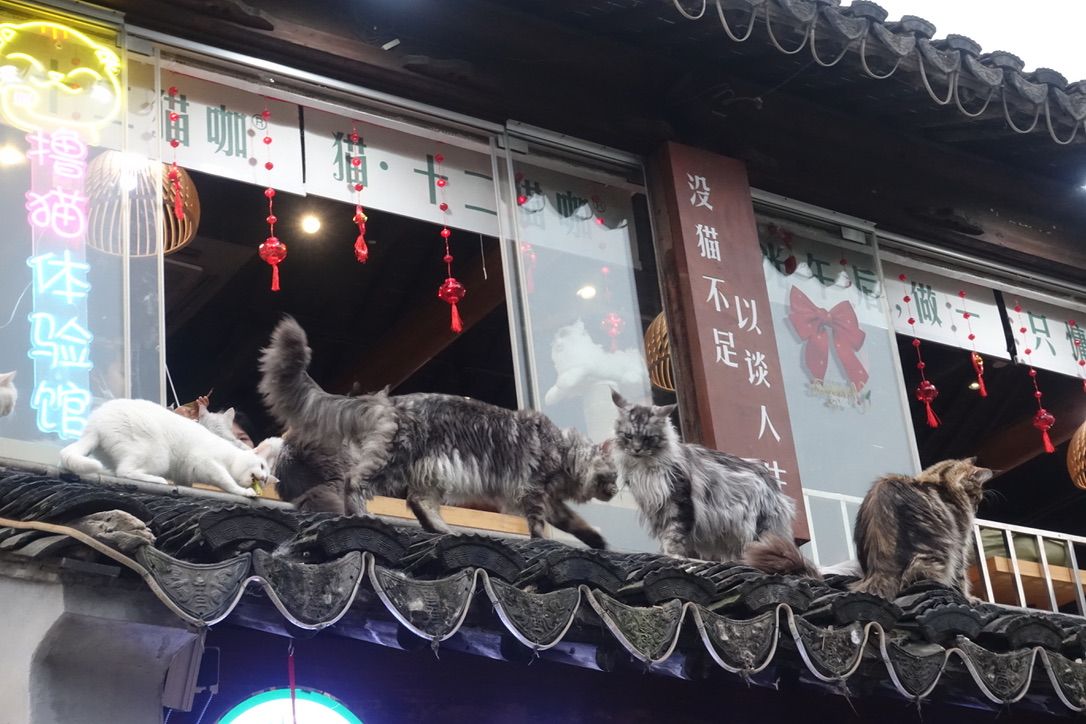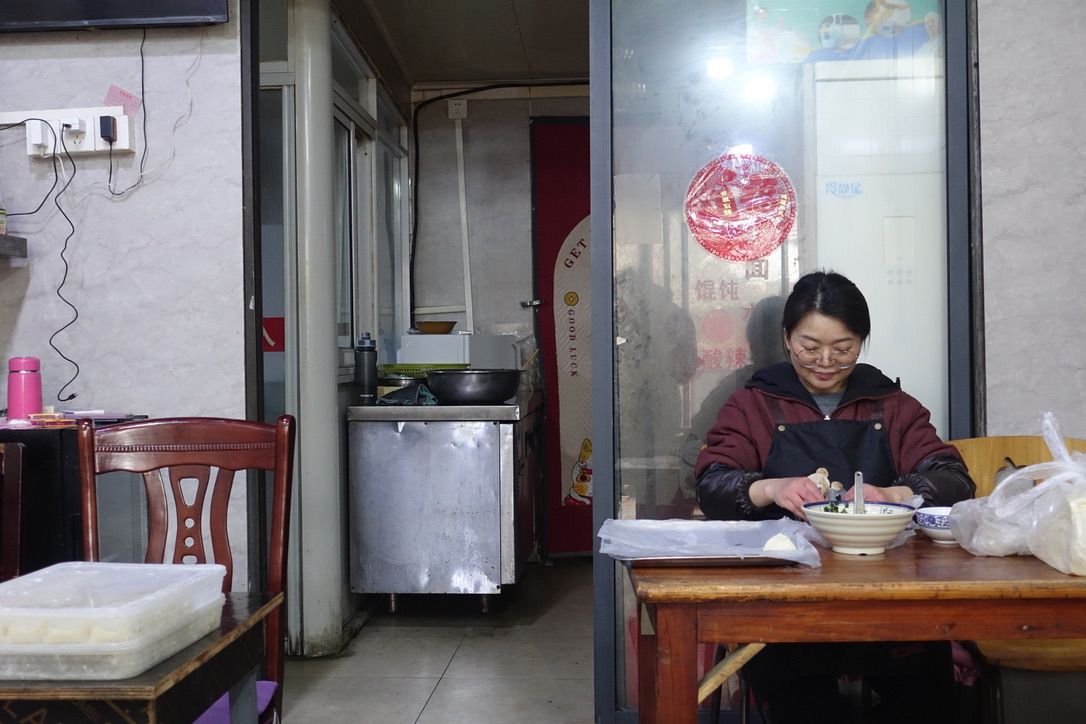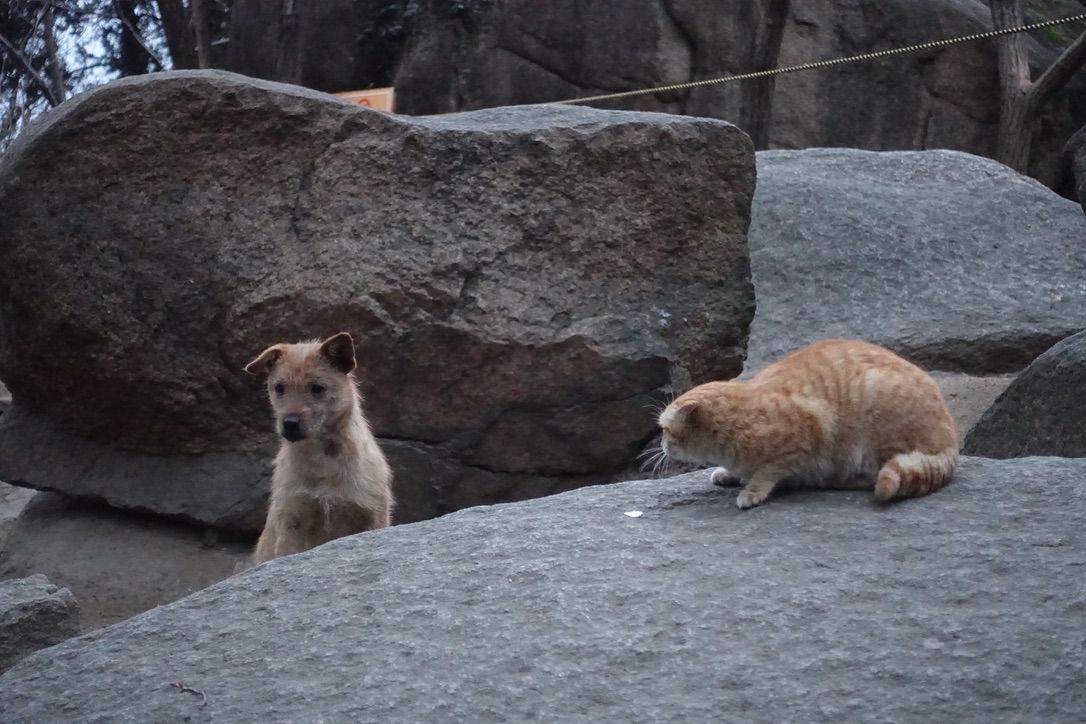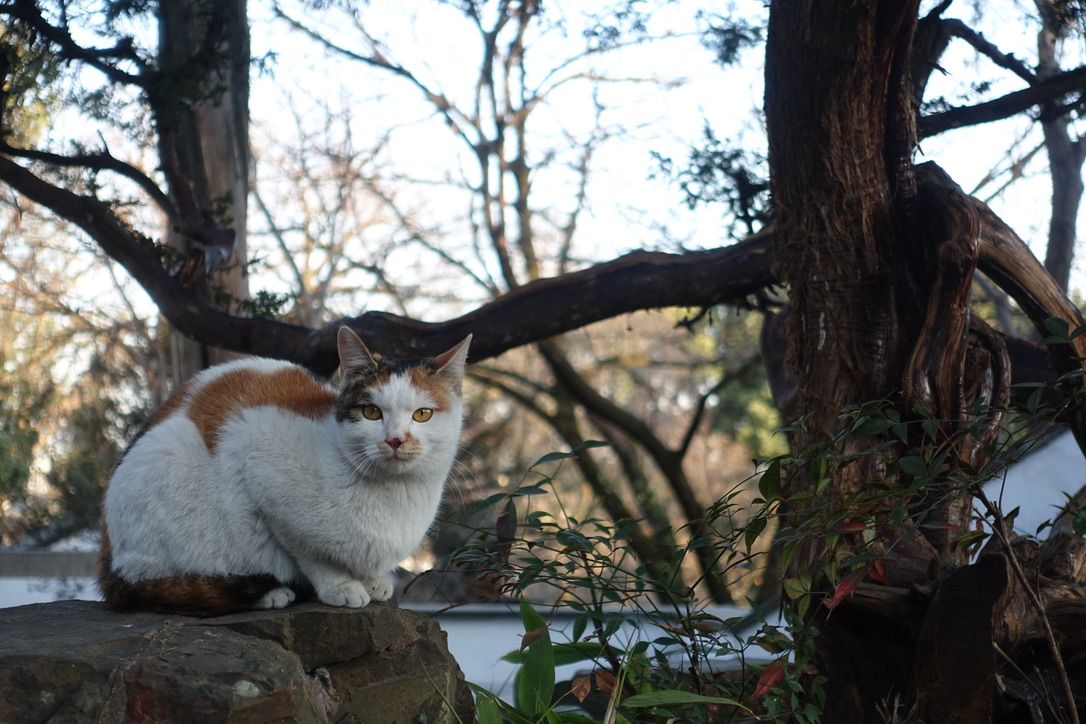Next: Nanyang
Prev: Zhangjiejia
What was an unplanned escape ended up being my favorite city in China, Suzhou.
Word of the day
huǒ chū 火车 - Train
Day 1 - Getting to Suzhou
We needed to spend an entire day traveling from Zhangjiejia back to shanghai and eventually to suzhou.
Plan
The journey consisted of:
- Taxi from Wulingyang to Zhangjiejia airport
- Flight To Shanghai
- Train from airport to Shanghai -something- Station
- Train to the wrong suzhou station in the middle of nowhere
- Shuttle bus to South Suzhou metro station
- Metro to Mudu Village
I don’t particularly love days like this, but don’t particularly hate them either. There is something relieving about travel days. I always feel like I need to be working on something. I don’t feel guilt about it when traveling. I can just sit there on a plane or a train.
The Shanghai Train Station was my first experience at a major station in China. There were so many people here.
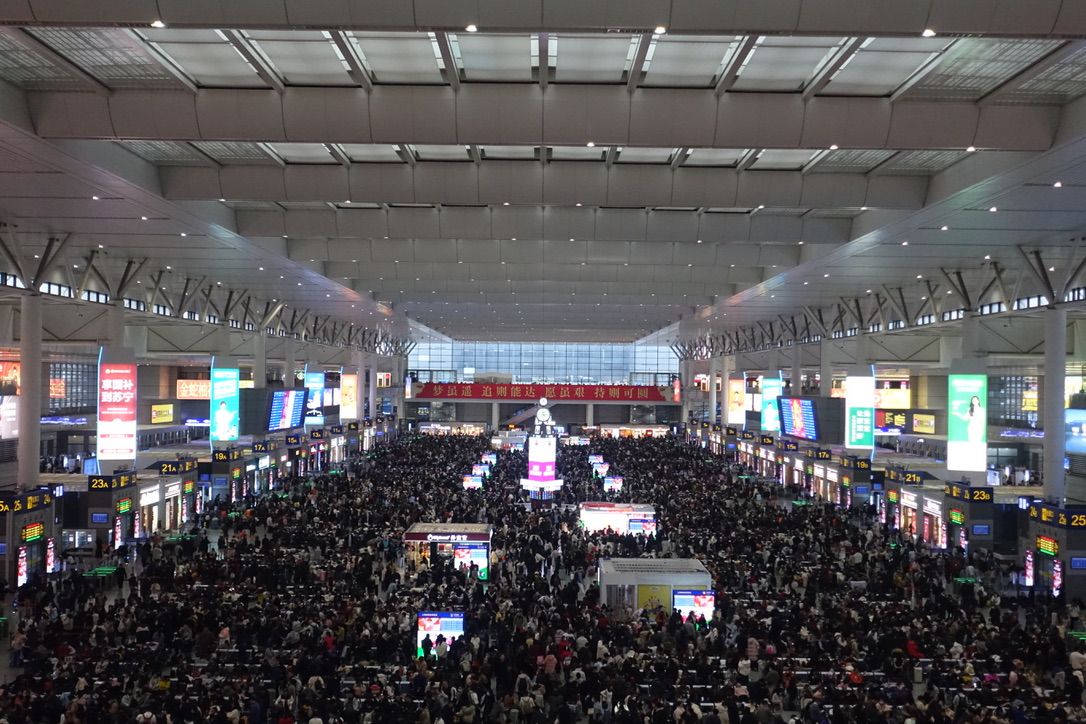
We accidentally bought tickets to the wrong Suzhou train station but it was a bit of a blessing, because the station was a massive concrete brutalist station, with bullet trains whizzing through the center. Very aesthetic.
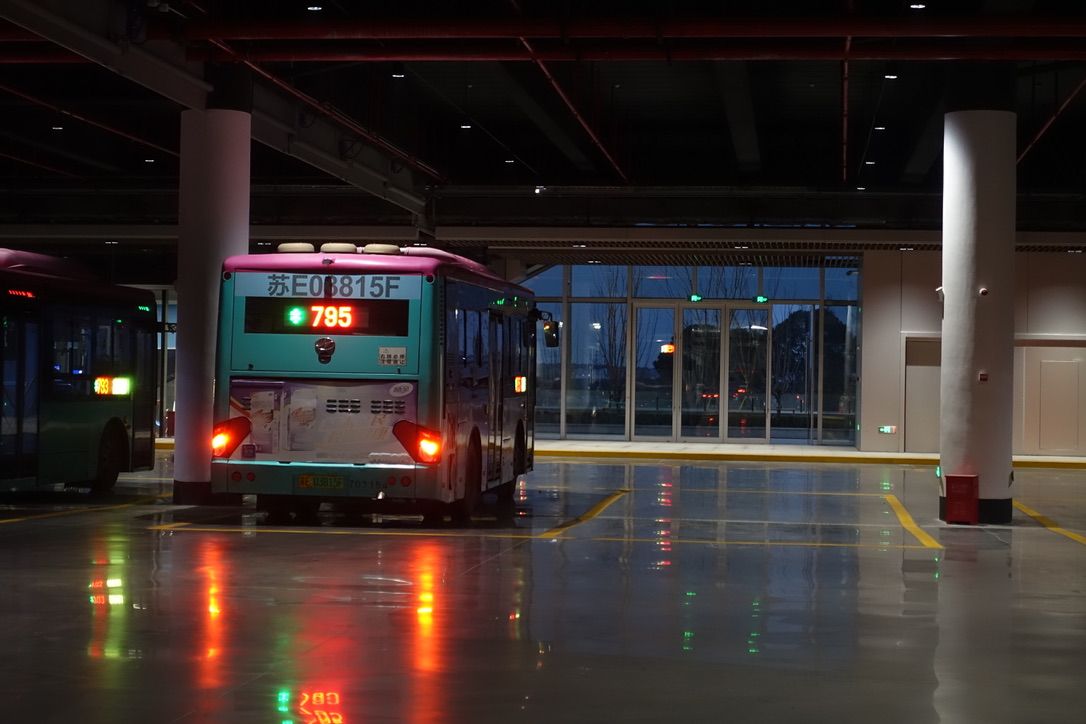
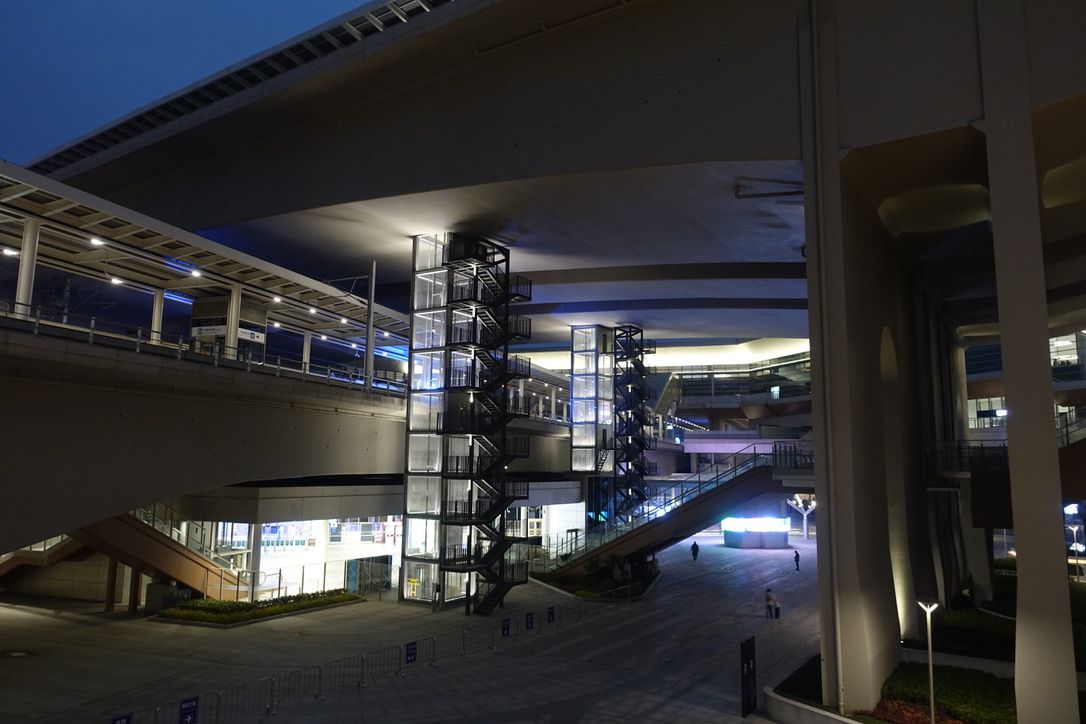 | 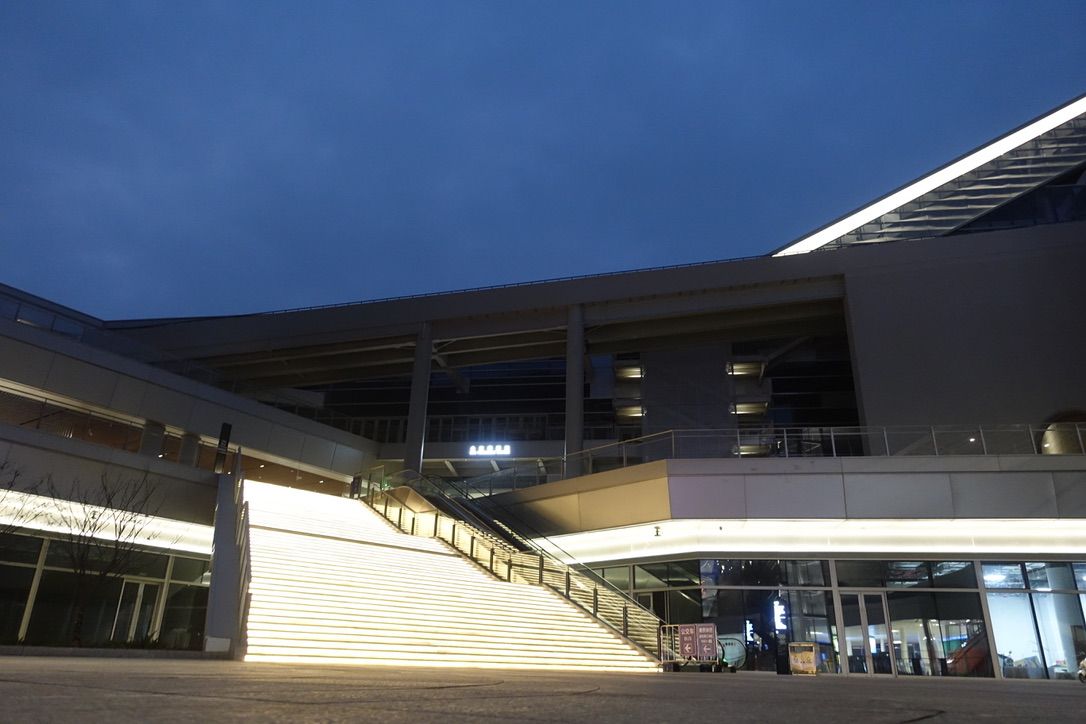 | 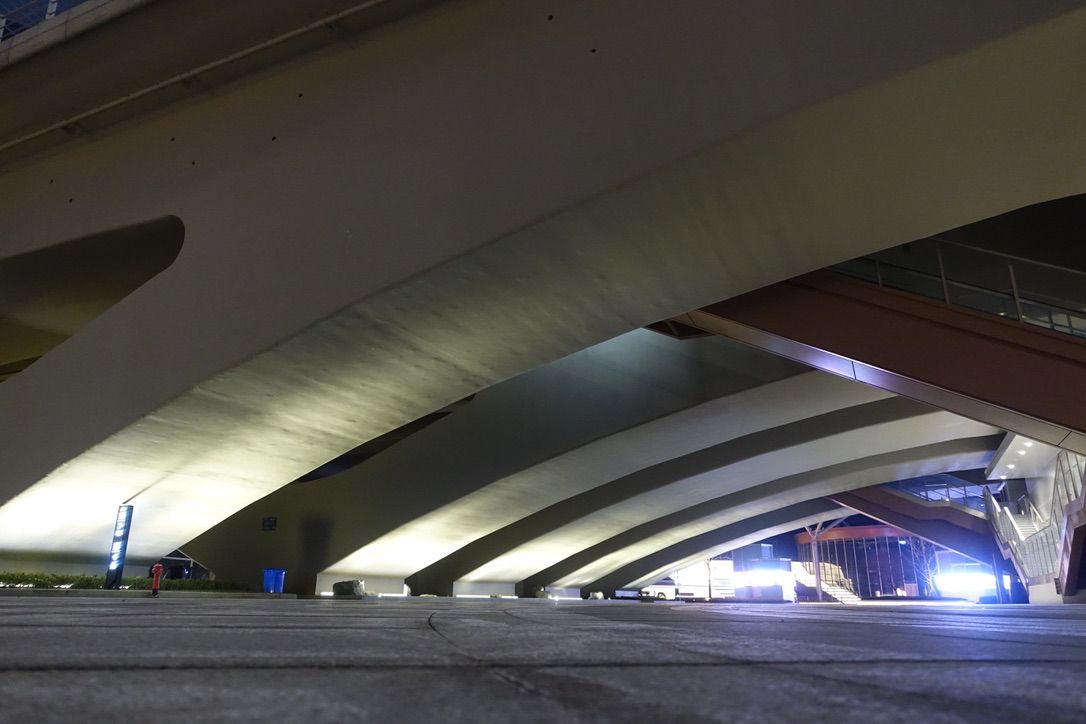 |
|---|
We did have to get creative on how to get to a metro line, since this massive station was in the middle of nowhere.
Invited To Dinner
That night we were in a small village on the south side of the city. The hotel we choose was completely empty, and the owner was very happy to have us. He upgraded us to his best room.
Normally very lively, it was like a ghost town. Everyone went home to their villages for the new year. We were walking around hoping to find somewhere to eat.
Eventually we found a small restaurant with people inside and knocked on the door. The restaurant was not open - this was the owner with his family and friends. But they waved us in and had us sit right at the table with them.
They had us try all sorts of different foods. There’s also a rule in China, that I would quickly find out, when anyone stands up and toasts you with their drink you also have to drink. I was getting toasted to quite often.
These were some of the nicest people I have met anywhere. It’s like inviting a random traveler, who can’t speak your language, to your family’s Christmas dinner. The owner had us take a huge bag of sausage as we left, despite our best efforts to decline.
Day 2 - Central Suzhou
During our dinner our night before, one of the guys was a city official, who told us all sorts of things to do, and even got us tickets to go there.
The first was the Suzhou Museum, full of ancient artifacts and buildings.
On our way to the museum, I stopped to get some soup dumplings, famous from this area. I first learned of them in shanghai.
These are small bun dumplings full of soup. You bit a small hole and slurp it out. These might have been the best thing I ate in China.
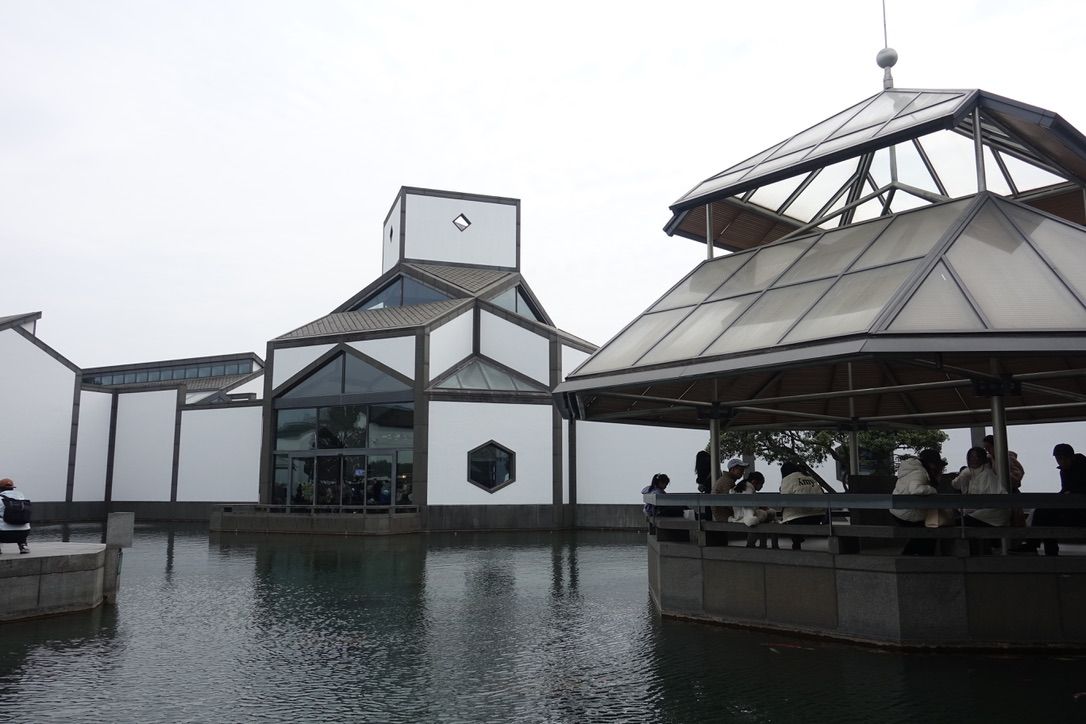
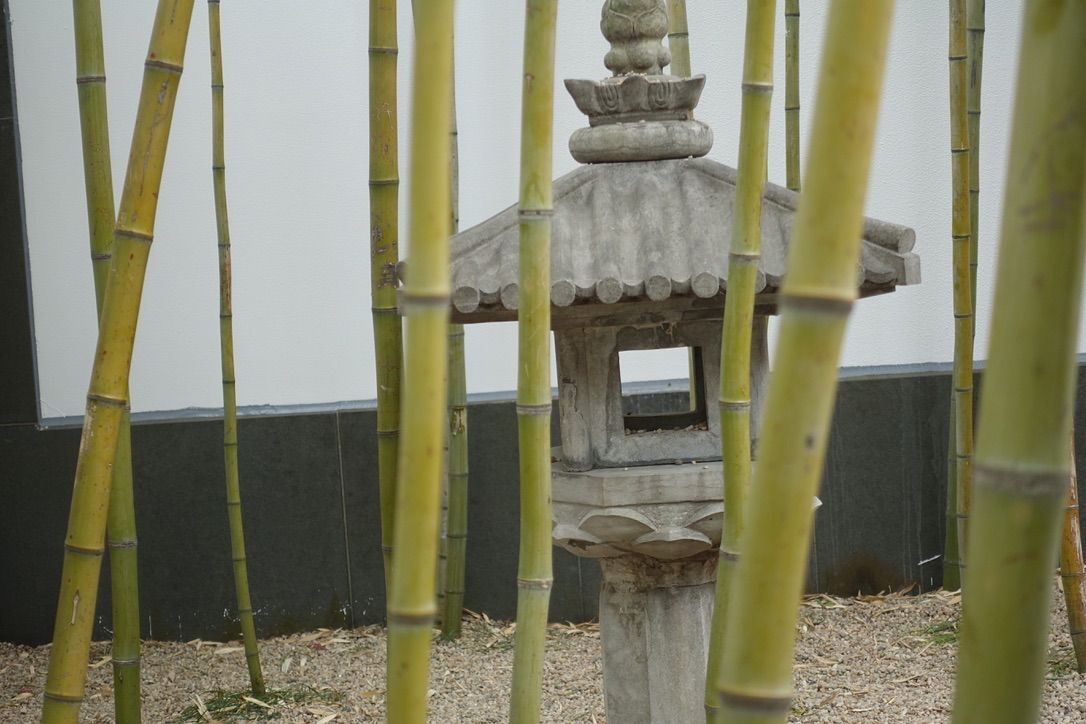 | 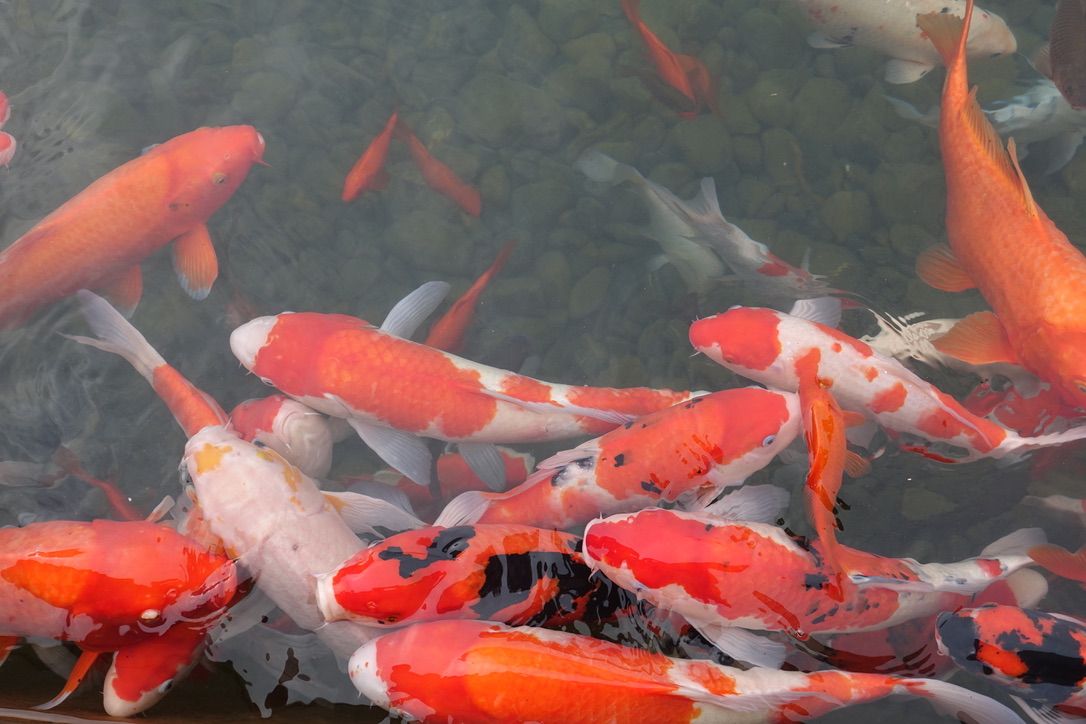 |
|---|
Right beside the museum is the Humble Administrator’s Garden. I wanted to go to because I like the word “humble”. Afterwards we discovered it’s the most famous garden in the country.
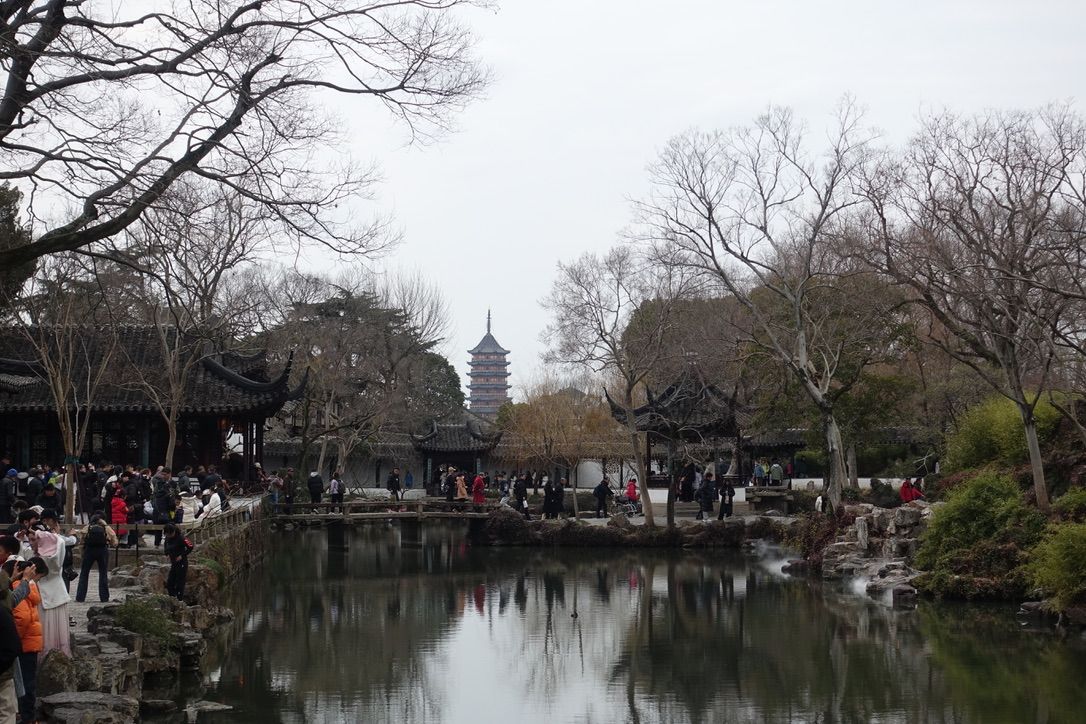
After we walked to Pingjing Lu - a street along a canal, with boats rowing along. There were also lots of girls dressed up in traditional royal clothing to take pictures.
Canal Cats
It felt a bit like being in the future and the past at the same time, which is how much of China ends up feeling.

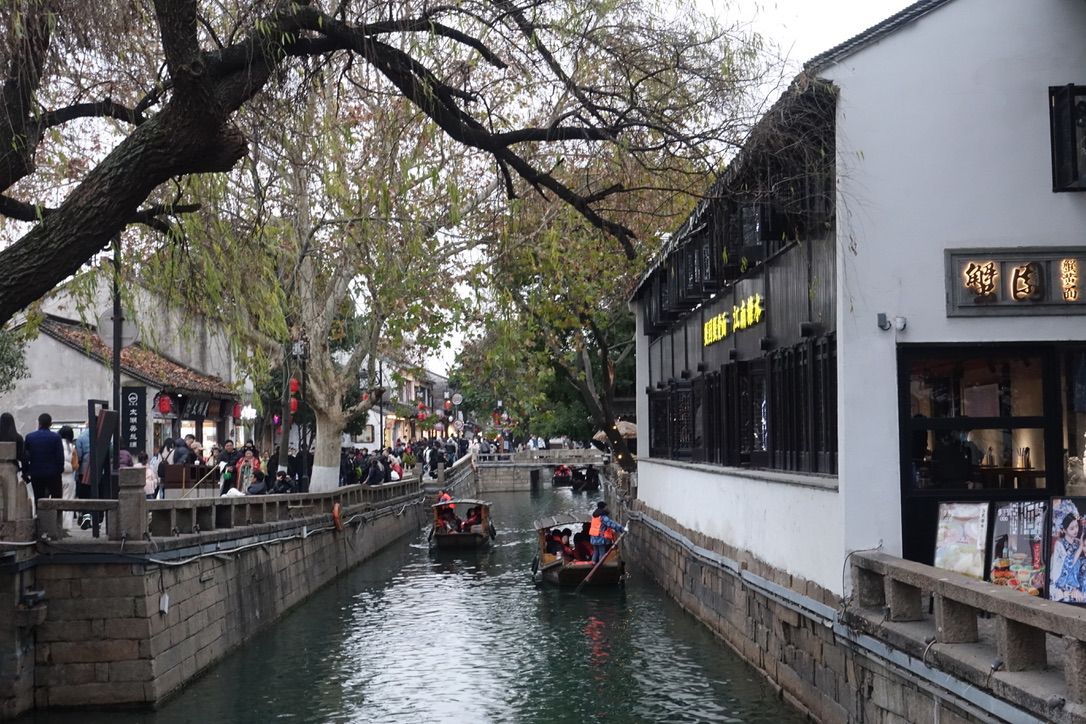 | 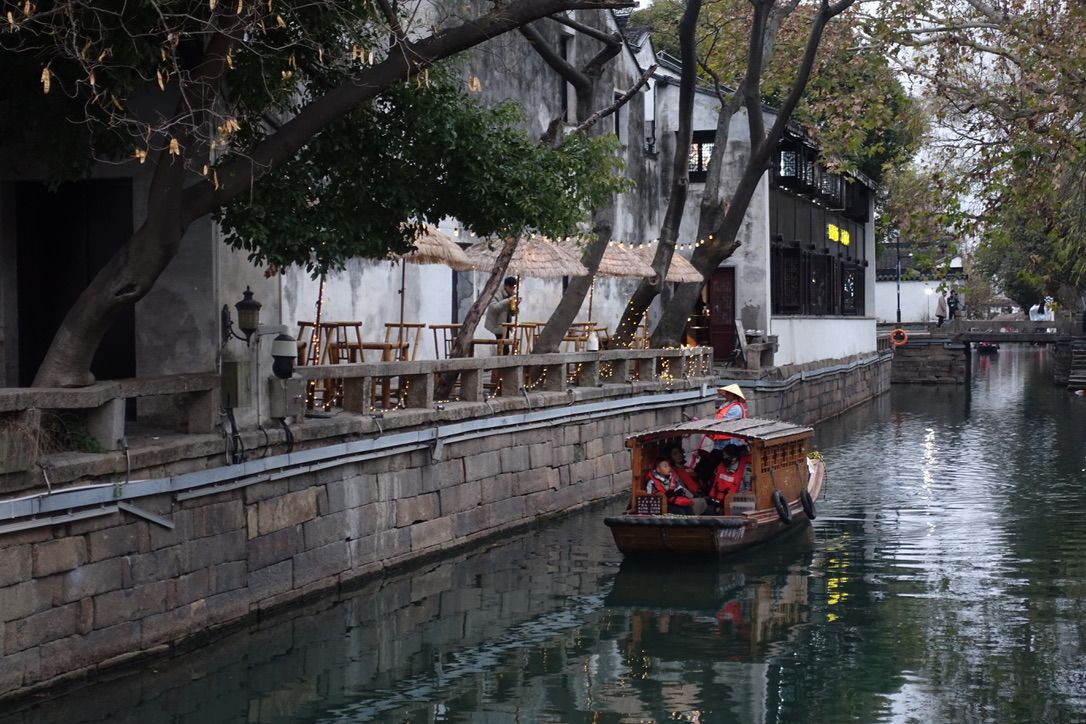 |
|---|
Our final destination of the day was the “Oriente Gate”, a skyscraper with an interesting gate design. We saw a picture on the metro.

One of the design features of cities in China I didn’t like much was using the buildings as TV screens, often displaying ads.
The gate is located on a lake, so we took a short walk over. As often happens to us we stumbled into another event just starting - a fountain show.
Everything here seems to always be as big and bright as they can do it.
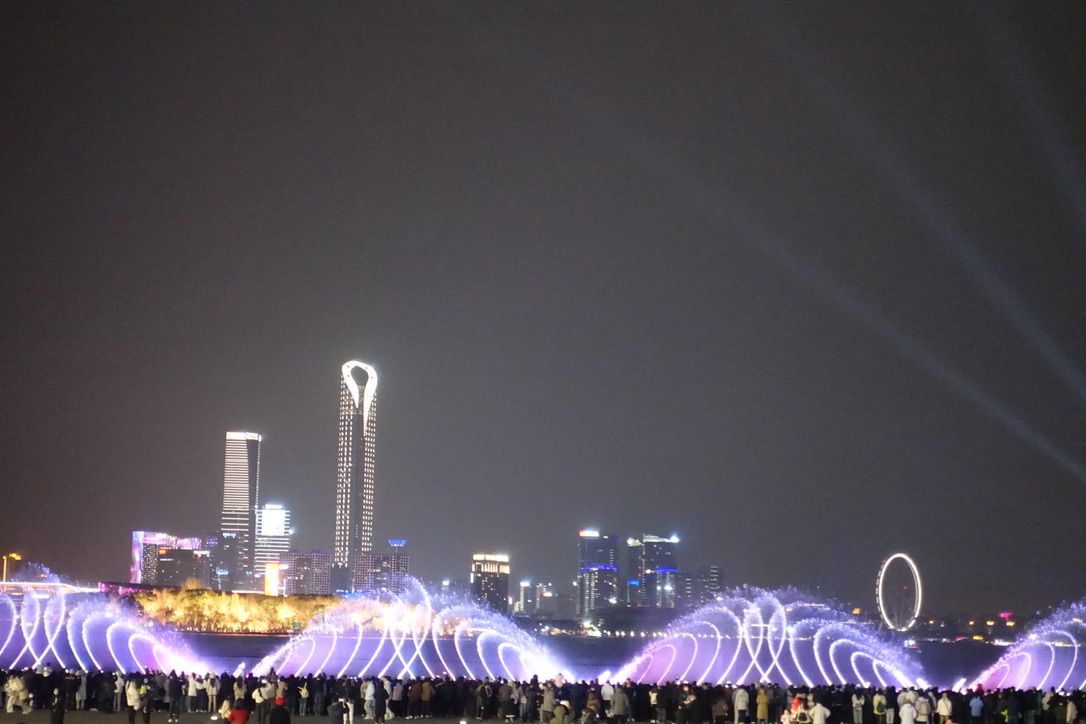
Day 3 - Mudu Village & Lingyanshan
This day we wanted to relax. We hung around the little village we were staying in. Our hotel host, who also owned a small restaurant outside, would invite us to eat noodles with him every morning.
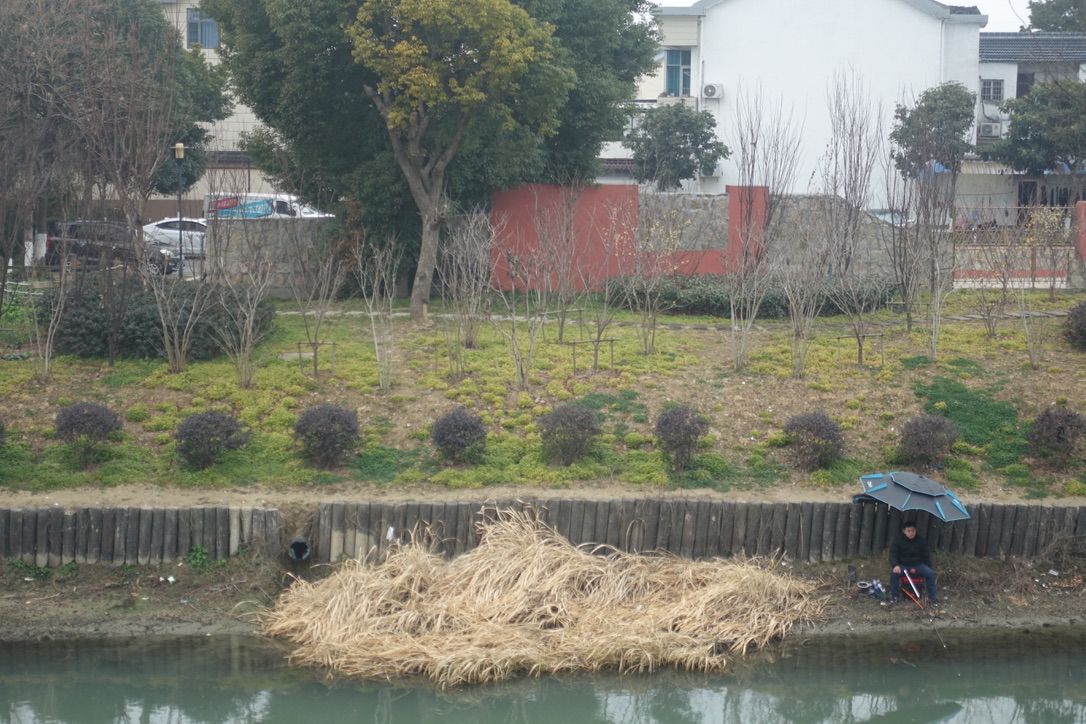
Man fishing in the canal.
Mudu
Similar to the village yesterday, the one we were staying in had a canal going through it. Our host told us it is because there was a king who built a temple on top of the nearby hill, called Lingyanshan, he needed lots of wood. The Canal was made to transport the wood for the temple. The village is named after this, “Mudu” basically meaning “Wet Wood” in Chinese.
 | 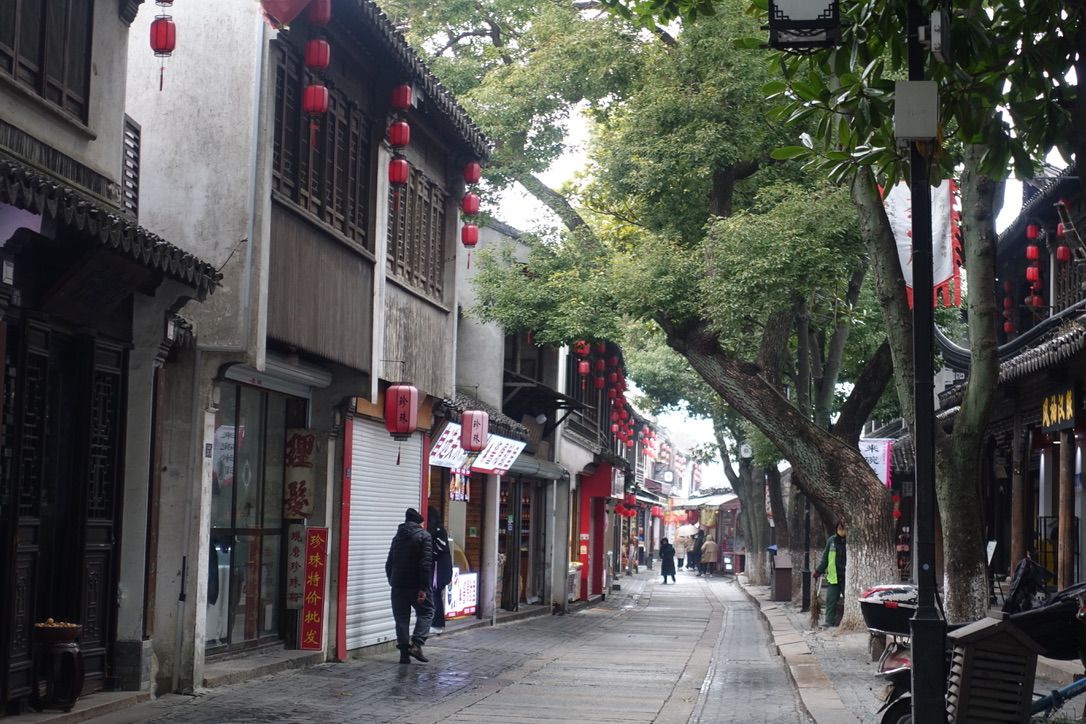 |
|---|---|
Lunch
We stopped for lunch at a small noodle shop, where the lady working there make sishaun style noodles. A big reason I wanted to go to ChengDu in Sichaun was to try the spicy noodles, and we had to cancel that part of the trip. We had alot of fun learning about noodles while we were here.
Later we climbed Lingyanshan, which has a buddhist temple at the top. You could see the pagoda on the mountaintop from the village below.
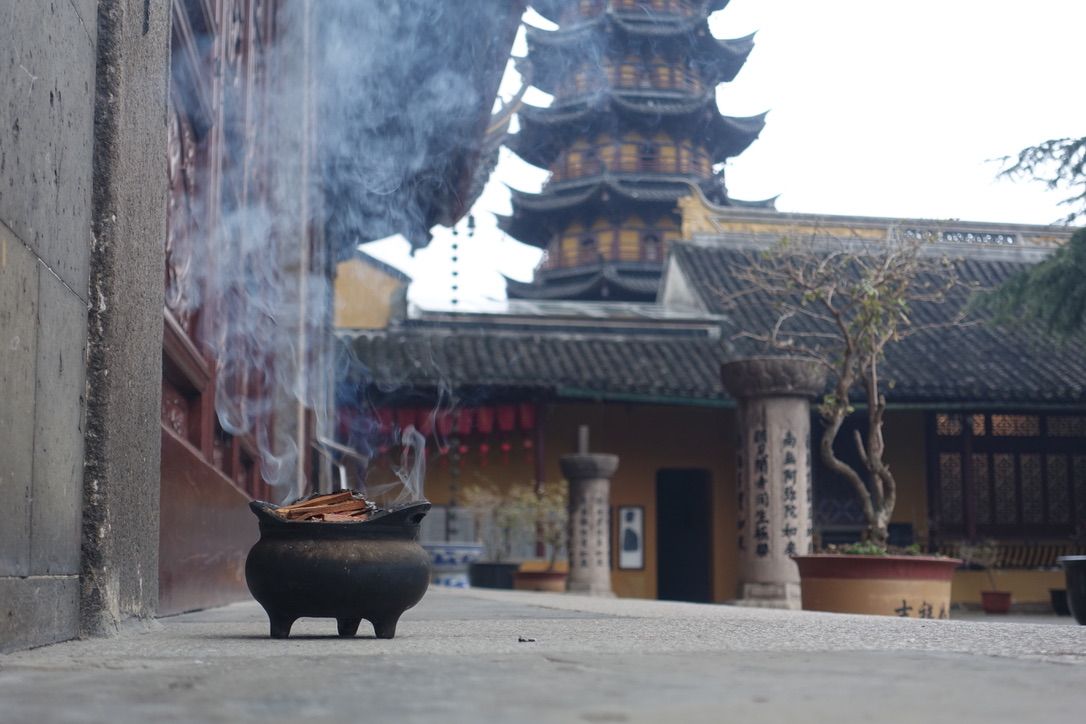
 | 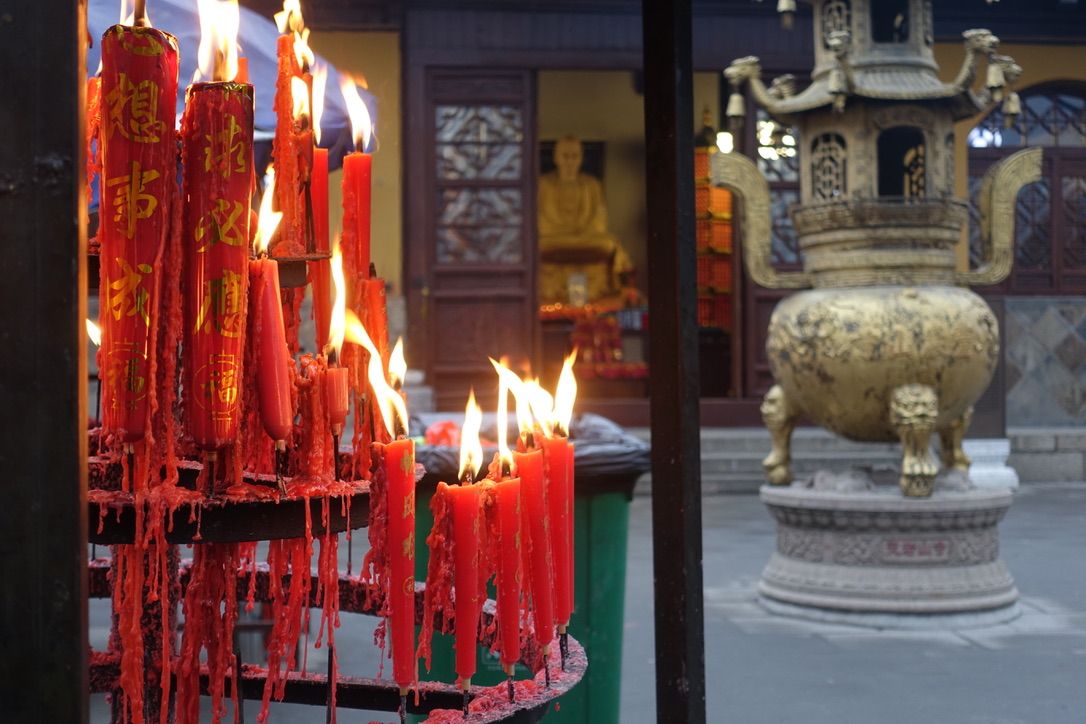 |
|---|---|
| There was incense and monks. People leave small offerings like nuts and candies at the statues of gods. The monks then offered them to us when they were closing up the temple. |
Temple Cat
The scale of Chinese cities is hard to comprehend when you get a view from up high.
Endless.

Since it was new years, we got fireworks and set them off on our walk back 🎇
Day 4 - Lake Taihu
Suzhou is located by a large lake that is popular to visit from people who live in Shanghai.
We decided it’s worth taking a trip down to see.
You can take the metro line to the last stop to get there. We weren’t sure what we’d find, but there was a park with a waterwheel and lots of abandoned boats on the shore.
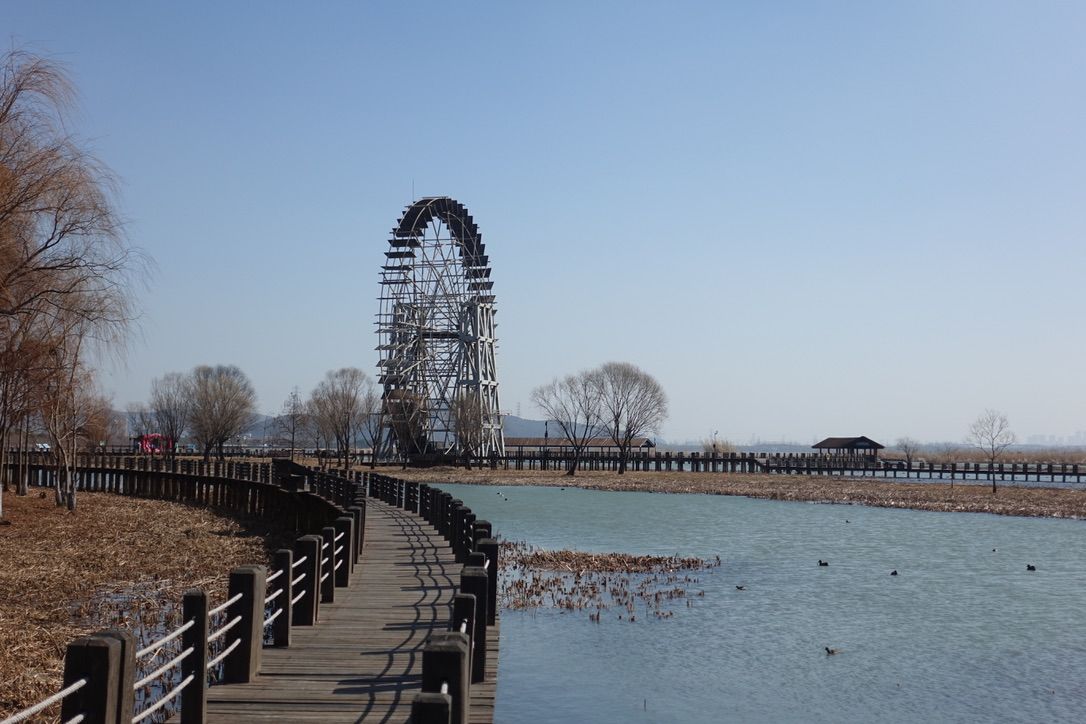 | 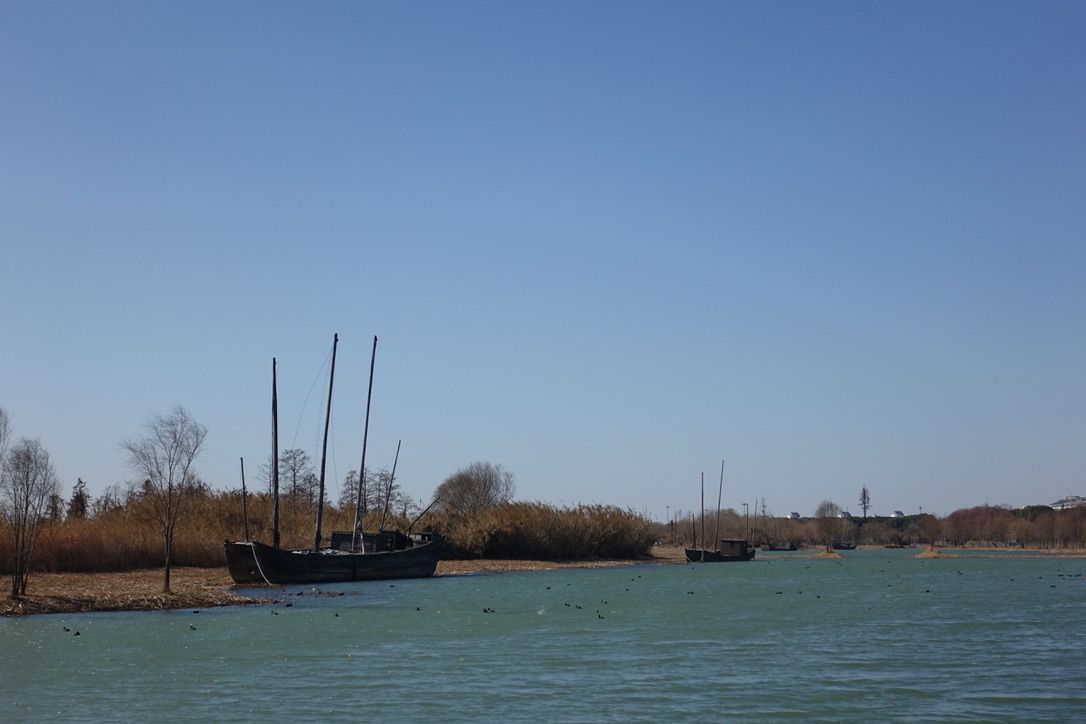 |
|---|
Later, we went to Tiger Hill, an ancient Buddhist temple with a stone pagoda and lots of gardens. We also caught a traditional dragon dance there.
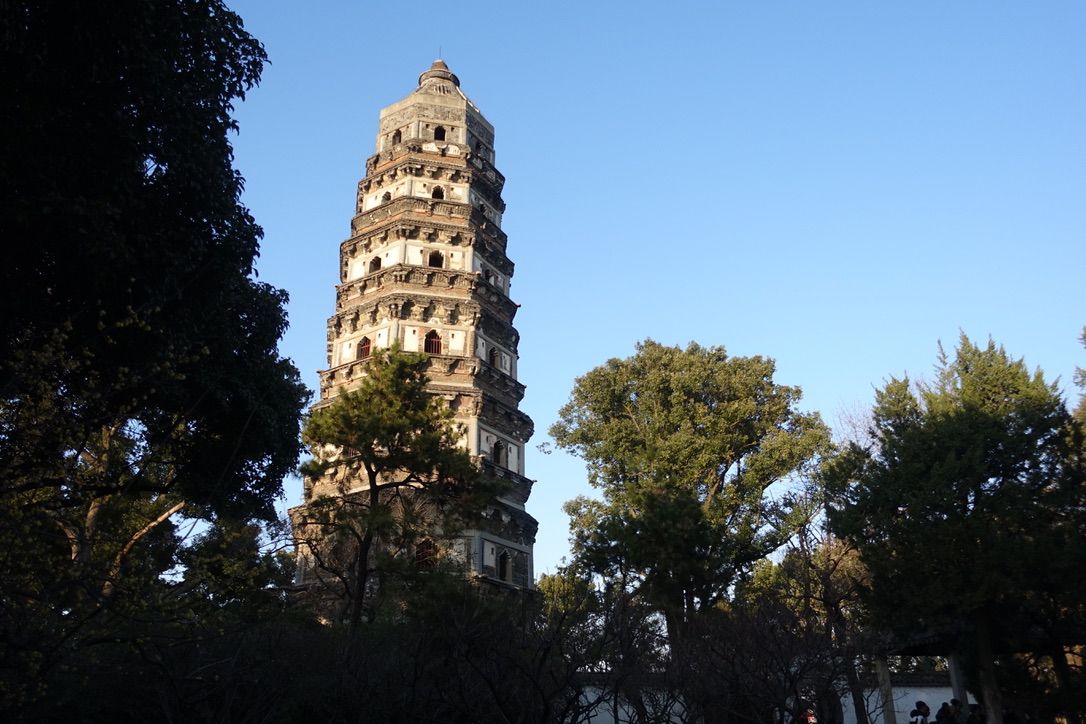 | 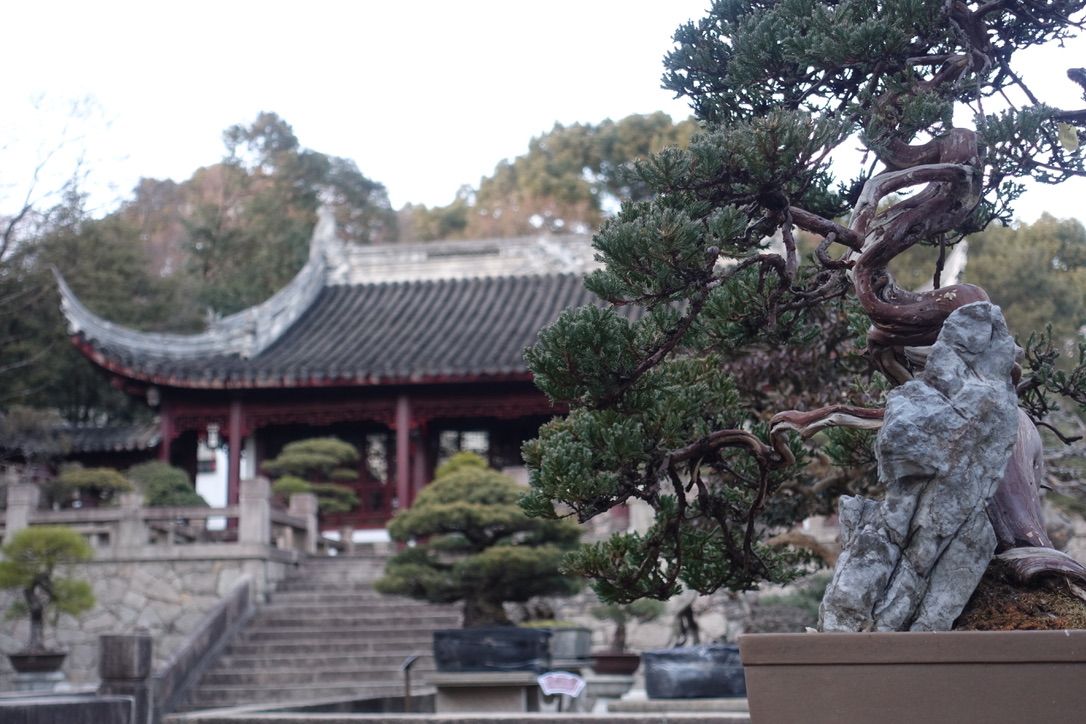 |
|---|
Temple Cat, Part 2
After it got dark, we went to our third and last ancient canal town. This one was much more crowded, but had some really great street food.
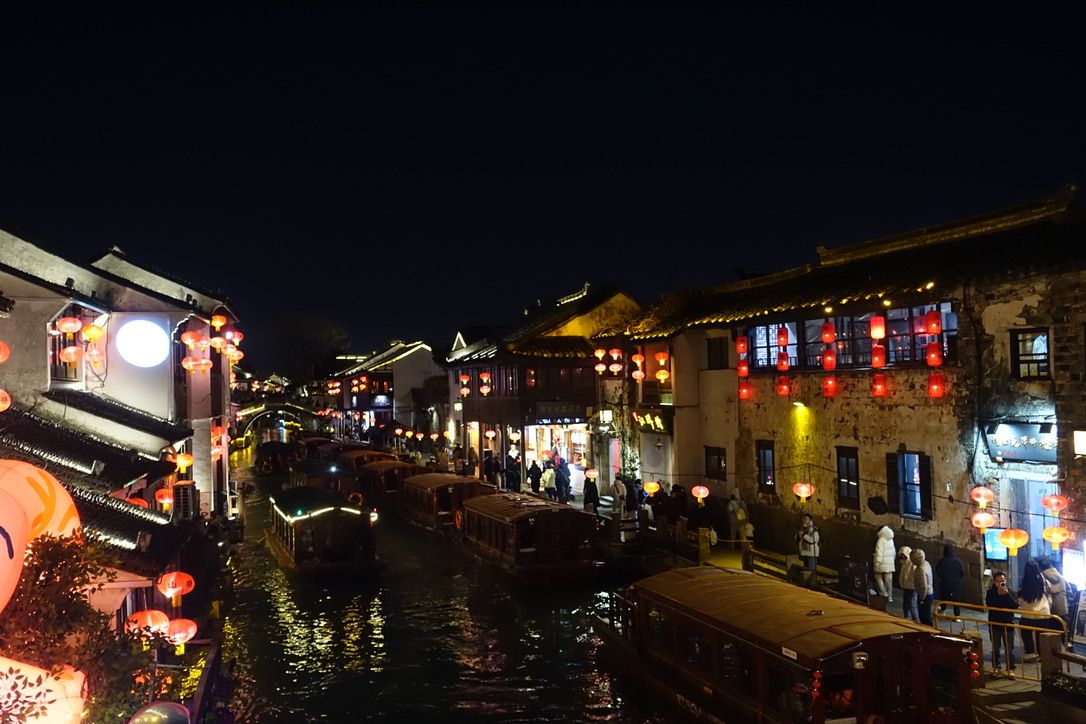
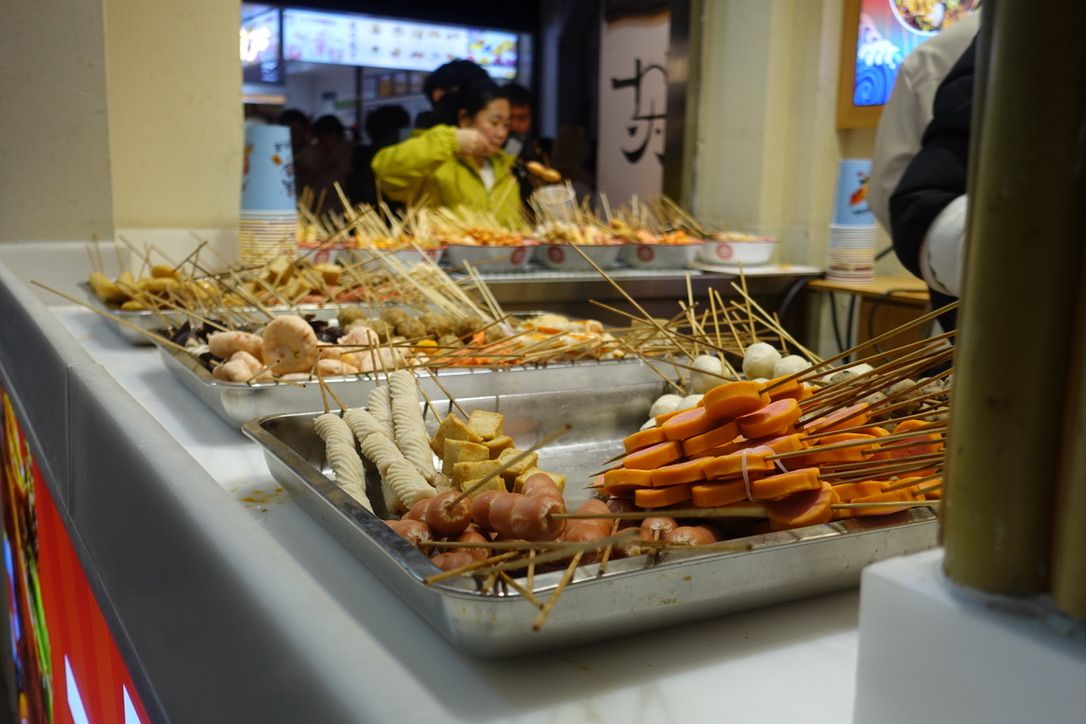 | 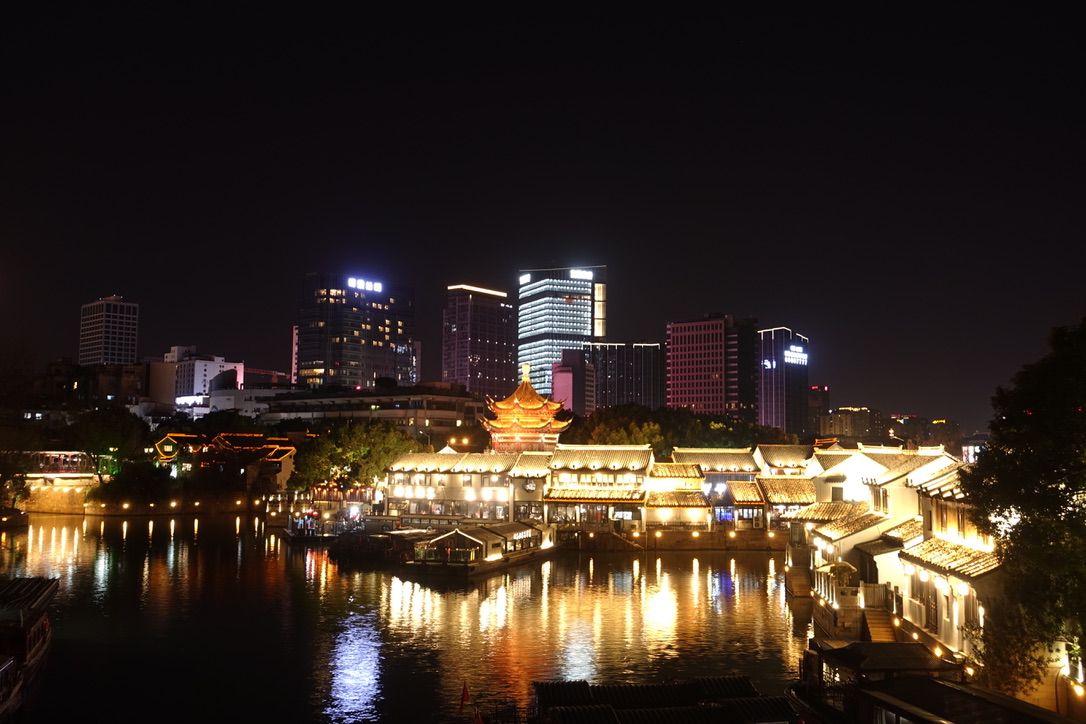 |
|---|
Our next stop was Nanyang, where Kai’s family lives. In the morning we our going to a small village to celebrate new years.
